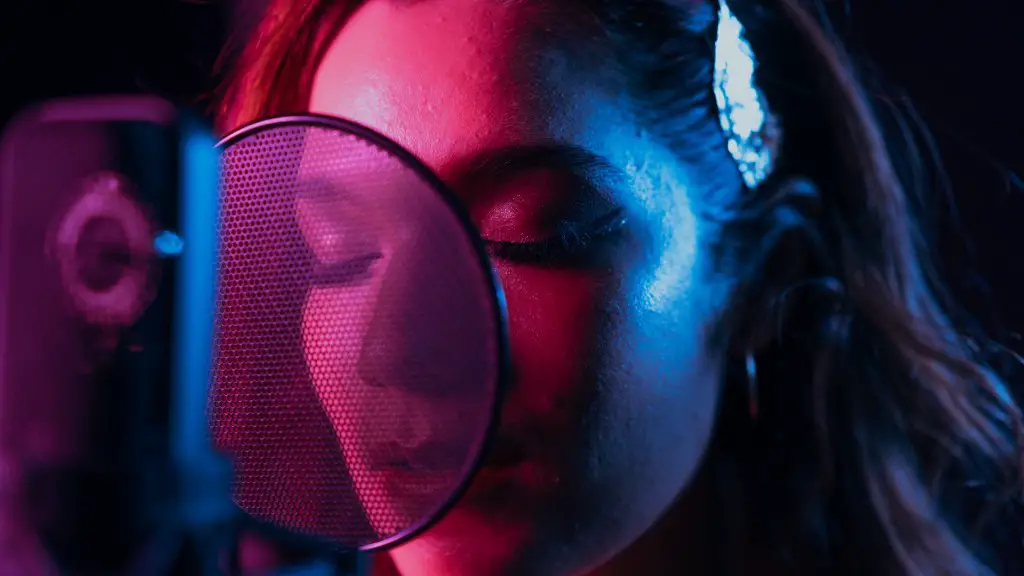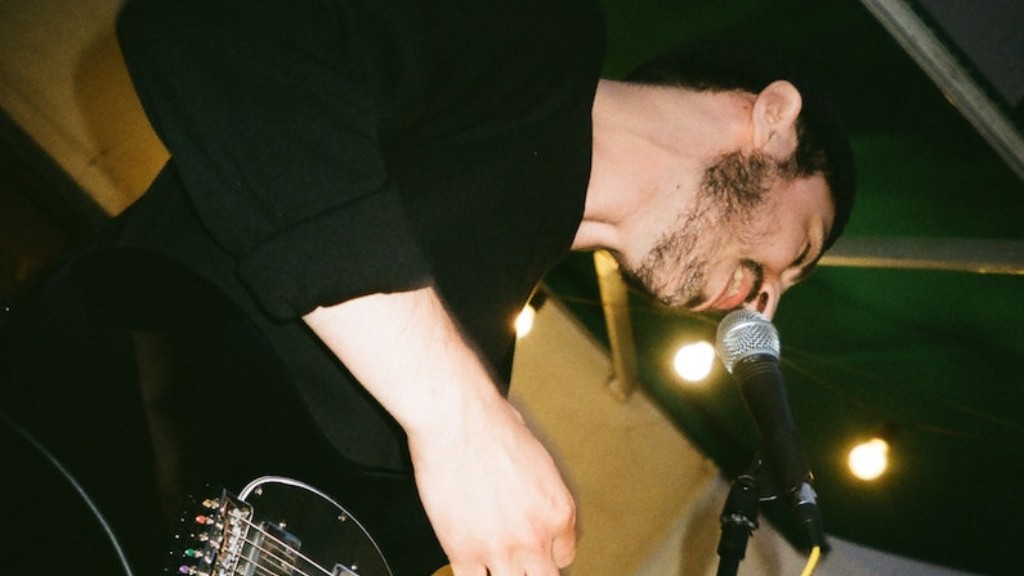Drawing robots doesn’t have to be a daunting task. With a few handy tips and tricks, you can be churning out intricate digital masterpieces in no time. Whether you’re an experienced artist or a humble beginner, robotic drawings can let your imagination soar in ways never thought possible.
First, start off with the basics. When drawing a robot, it’s important to understand the most basic components of a robot before you get too advanced. A good place to start is the body. You want to create an organic shape, but keep the edges angular and defined. Add cylinders and rectangles for extra detail. Be sure to include details like joint connectors, wires, pipes, and antennae.
Next, you’ll want to move onto more complex components. Think about the movement of your robot. Will it have mechanical arms or legs? A gun or a drill? All of these elements should be included in the design. As you draw, vividly imagine the robot in motion to help you create a more realistic image.
When you get to the finer details, you’ll really have to flex your creative muscles. Fancy trimmings, decorations, and colour accents are necessary to create the most impressive robotic speciments. Let your inner child run wild and come up with whatever customisations may come to mind. Feel free to experiment with shapes, sizes, and textures. Include rainbows, holograms, or 3D optical illusions, whatever steers your robot towards perfection.
Finally, don’t forget to consider the background. Not only does it help to frame your robot, but it can enhance the detail of the entire drawing. Utilise your surroundings to unleash your robot’s true potential. Throw in some interesting facts, a story or two about your robot, or even a full-on storyline of its origin. Let your robot shine.
With these tips and tricks, your robotic artworks should stand out from the crowd. Don’t be afraid to fail, bend the rules, and completely lose yourself in the creative process. Drawing robots can open up a world of artistic possibilities. So step up to the plate, sharpen your pencils, and create some digital magic.
When it comes to designing robots, you have to think outside the box. Go bold in your design choices, don’t be afraid to push the boundaries. Incorporate unique mechanics and parts. Whether it’s dual gun arms, Tesla coil cannons, or time-warp propellers, the possibilities are limitless. Technical acumen and vivid imagination are key.
Always make sure to consider the environment of your robot. What kind of materials it’s made of and the environment it is living in. If it’s an inner city robot, add some smog and pollution. If it’s a robot in a future utopia, incorporate the bright lights and technicolor buildings of the surrounding cityscape. Do your best to make the piece come to life.
Incorporating design elements is crucial to immortalizing a robot for the ages. Get creative with your decorations and give the robot a sense of unique personality. Treat your robot like a persona by dressing it up with engravings and tribal markings. You can also express its personality through accessories. Give it a sword, a set of shades, or a scepter to set it apart from the rest.
Finally, lighting can be a robot’s best friend. Whether it’s neon light or bright sunlight, the way it affects the colors and textures can be mesmerizing. Try different light combinations and see what works best for the design. It’s all about making your robot stand out, minimizing the shadows and drawing attention to the details.
There’s a lot that goes into drawing a robot. Keep these tips and pointers in mind in order to create a magnificent digital centerpiece. If you do it right, your robot drawing should be a masterpiece that captures the imagination and makes the viewer dream of a distant world.

